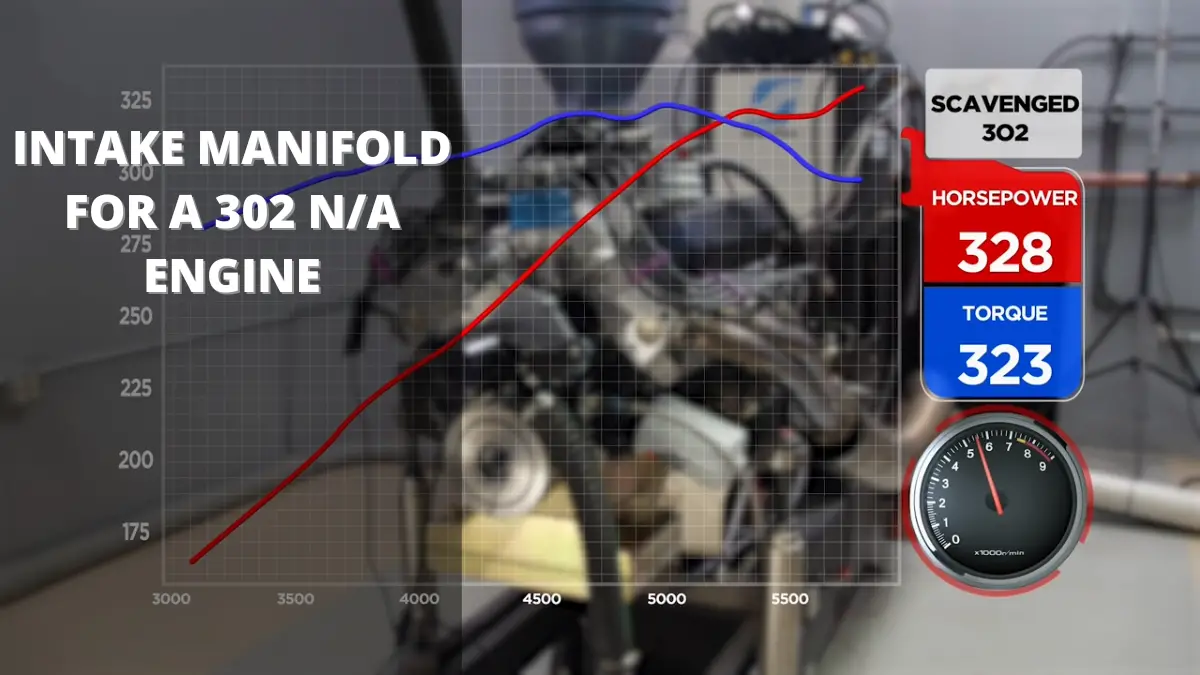In this comprehensive guide, we’ll explore the best intake manifolds to use on a 302 naturally aspirated (N/A) engine. We’ll discuss the key factors to consider and the top options available in the market.
The ideal intake manifold for a 302 N/A engine should provide optimal airflow, improved throttle response, and increased horsepower. By the end of this article, you’ll have a clear understanding of which intake manifold is the perfect match for your engine.
Understanding Intake Manifolds
What is an Intake Manifold?
An intake manifold is a critical component of an internal combustion engine. It serves as a conduit, directing air and fuel mixture from the throttle body to the engine’s cylinders. The intake manifold’s design and construction play a significant role in determining the engine’s performance, fuel efficiency, and power output.
Why Upgrade Your Intake Manifold?
Upgrading your intake manifold can yield numerous benefits, including:
- Increased Horsepower: An aftermarket intake manifold can provide better airflow, resulting in more horsepower and torque.
- Improved Throttle Response: A well-designed intake manifold enhances the throttle response, allowing for quicker acceleration.
- Better Fuel Efficiency: An efficient intake manifold can improve fuel atomization, leading to better combustion and fuel efficiency.
Factors to Consider When Choosing an Intake Manifold
Engine Type
First and foremost, you need to consider your engine type. For this article, we are focusing on 302 N/A engines, but keep in mind that different engines have different requirements.
Material
Intake manifolds can be made from various materials, such as aluminum, cast iron, and composite materials. Each material offers unique advantages and disadvantages in terms of weight, heat dissipation, and cost.
Design
There are two primary intake manifold designs: single-plane and dual-plane. Single-plane manifolds offer better top-end power, while dual-plane manifolds provide improved low and mid-range torque. Your choice will depend on your specific performance goals.
Top Intake Manifolds for a 302 N/A Engine
Edelbrock Performer RPM Air-Gap Intake Manifold
Edelbrock’s Performer RPM Air-Gap intake manifolds incorporate race-winning technology that’s been used on Victor series competition intakes for years. The open air space from the Air-Gap design separates the runners from the heat of the lifter-valley cover. So, the air/fuel mixture stays cooler all the way to the heads, which produces a denser charge for more power.
Runners are tuned to move the power band 1,000 rpm higher than Performer Air-Gap manifolds, from idle-5,500 rpm up to 1,500-6,500 rpm.
The Edelbrock Performer RPM Air-Gap Intake Manifold is a popular choice for 302 N/A engines. It features a dual-plane design, which enhances low and mid-range torque. The air-gap design separates the runners from the hot engine oil, resulting in cooler and denser air, which improves performance.
Holley SysteMAX Intake Manifold
Holley Performance Products has been the undisputed leader in fuel systems for over 100 years. Holley carburetors have powered every NASCAR® Sprint® Cup team and nearly every NHRA® Pro-Stock champion for four decades.
Holley’s products include performance fuel pumps, fuel injection, intake manifolds, & engine dress-up products. As a single solution, or partnered with products from other Holley brands we can give you the edge you need over the competition.
The Holley SysteMAX Intake Manifold is another excellent option for 302 N/A engines. Its single-plane design allows for better top-end power, making it perfect for high-revving applications. It also features a low-profile design, making it compatible with most stock hoods.
Weiand Stealth Intake Manifold
The Weiand Stealth Intake Manifold is a versatile choice that offers a balance between low-end torque and top-end power. Its dual-plane design delivers strong performance across a wide RPM range, making it an ideal choice for street-driven vehicles.
- High rise, dual plane, design builds maximum torque and horsepower for street/strip applications
- Square bore carburetor flange
- permanent mold casting process for lighter, smoother, better looking and more consistent castings
- Fully CNC machined for a perfect fit
Frequently Asked Questions
- How do I know if I need to upgrade my intake manifold? If you’re experiencing poor throttle response, sluggish acceleration, or decreased fuel efficiency, upgrading your intake manifold could help address these issues. Additionally, if you’ve made other performance modifications to your engine, upgrading the intake manifold can help maximize those gains.
- Can I install an intake manifold myself, or should I have a professional do it? While it’s possible to install an intake manifold yourself, it’s generally recommended to have a professional mechanic or experienced enthusiast handle the installation. This ensures proper installation and helps avoid any potential damage to your engine.
- How much should I expect to spend on an aftermarket intake manifold? The cost of an aftermarket intake manifold can vary depending on the brand, material, and design. Generally, you can expect to spend between $200 and $600 for a high-quality intake manifold.
- Are there any downsides to upgrading my intake manifold? One potential downside to upgrading your intake manifold is the possibility of voiding your vehicle’s warranty. Before making any modifications, check your warranty terms and consult with a professional to ensure you don’t unintentionally void your coverage.
- How do I maintain my intake manifold? Regular maintenance, such as cleaning the throttle body and checking for vacuum leaks, can help prolong the life of your intake manifold. Additionally, be sure to follow your vehicle’s recommended maintenance schedule to ensure optimal performance.


